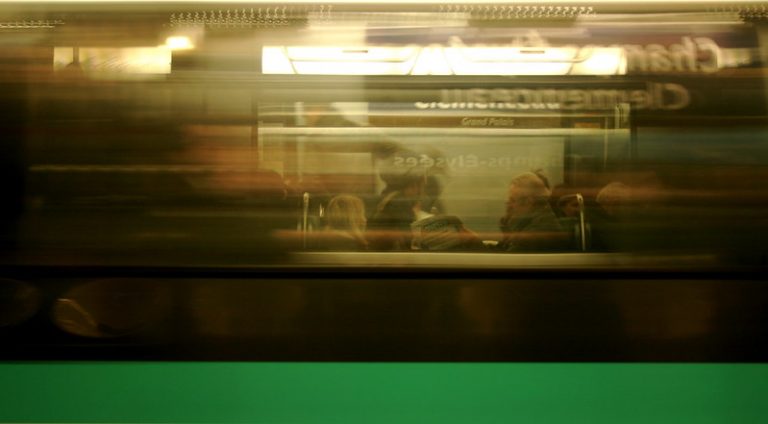As SPOTLIGHT returns in 2022, Quadrant Transports explores our previous visit to Wales, highlighting the challenges with the Cardiff Core Valley Lines electrification and the opportunities electrification can bring to the region.
Starting the event, Adam Benwell, Principal Engineer at Atkins, explained how the RIA cost reduction report shows the cost-effectiveness of electrification is increasing.
The report highlighted those recent well-run schemes have delivered around £1-1.5 million per single track kilometre. Some of the other schemes in the UK in CP6 have delivered significantly more than that.
Despite this, Adam told Quadrant Transport: “The industry does recognise that this is not enough to regain confidence, just to see some schemes have met that target and further savings are both required and possible.”
Network Rail and supply chain has recognised this challenge at the highest levels and now has a portfolio of work, looking at challenging the old assumptions.
Network rail acknowledges ambitious 2050 goals
Furthermore, in 2018, the government challenged the industry to remove diesel-only trains in the network by 2050 as part of its net-zero strategy. Since then, Network Rail has developed the Traction Decarbonisation Network Strategy (TDNS).
Published in 2020, this landmark document analysed potential options to achieve this. It concluded that for routes with significant traffic and speed electrification is still the only solution.
It also concluded that electrification is the only option for freight of any kind. The report also recommends that 13,000km of new electrification taking the current 46.5% of the electrified network to 88% by 2050.
The audience was told: “This represents the largest programme of electrification ever proposed in the UK. Unlike CP5 the approach needs to be a rolling programme of work moving forward, steadily ramping up to full production and then continuing at a constant rate per year until completion.”
This requires a major shift in the way that the industry delivers outputs, away from the projects interviewing approach and towards production engineering and the Core Valley lines transformation project is a key starting point for that
Since the publication of various reports, Atkins has strived to become a leader in the industry. The first successful approach was at Steventon Overbridge on the Great Western Rail line.
Electrification wire heights must be high at level crossings, low at bridges and maintain a maximum rate of rising/falling in between. The current rules for 125 miles per stretch are no steeper 125 gradient change.
“At Steventon, the combination of two-level crossings and a great two listed arch overbridge prevented the gradient rule from being met between them. Network Rail had their bridge reconstruction application rejected as a result,” Adam explained.
Atkins and T-ris has developed a new analytical tool
Building from this in 2016/17 Atkins and T-ris developed a new analysis tool: Dynamic Rail System Simulation (D-RSS). This used a finer element analysis approach to accurately simulate real-world conditions in the behaviour of both the wire and pantograph while providing much faster results than traditional methods.
With Atkins, Network Rail thought that Steventon could run faster, after all, it has high tension OLE and modern low sprung mass pantographs.
“So, in 2018, Network Rail asked Atkins if whether we could model the system in D-RSS. The goal of the modelling was to provide Network Rail with sufficient confidence in physical highspeed testing that would not incur any risk of environment.”
In the Q&A session, the panel were asked how new tools integrate with Atkin’s other design packages. In response, Adam highlighted: “It is all about data, so it is how the data is shared through the process. With the tools that I discussed, they were more around our analysis side and into the as build infrastructure.”
An example is the midland mainline where Atkins was doing the design on that work. They were able to feed their design information directly from the models into the modelling software and then into the analysis software.
The key thing that’s allowed us to do in a lot of cases is to see what we were aiming for, what it ended up at and if it’s a problem
When discussing the challenges within the industry Adam told Quadrant Transport: “I think if you talk to the engineers involved, back then compared to now, there was a lot more fluctuation between the standards, which isn’t always a good thing. However, there is a lot more opportunity to challenge and I think that’s part of what’s allowing us to conduct this work successfully and bring things in.”
Rounding up the event, Adam explained: “To conclude, we’ve seen that electrification has turned a corner in terms of cost-effectiveness, but there’s more we can do. We’ve seen our rolling programme of electrification as the only plausible route to decarbonise Britain’s railways.

